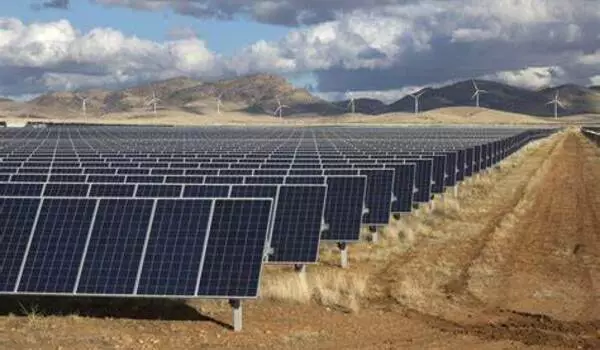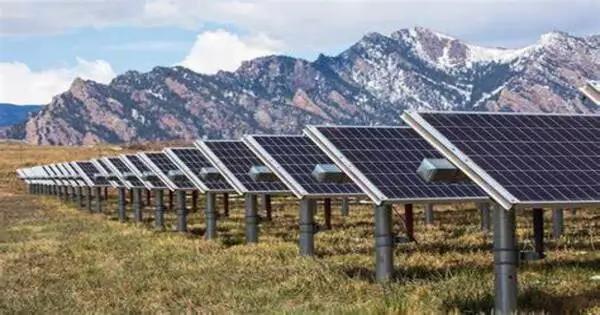As we try to meet our global climate and sustainability goals by 2050, the next decade will be critical for the expansion of photovoltaic (PV) solar energy. Global solar experts strongly urge continued growth in photovoltaic (PV) manufacturing and deployment to power the planet, arguing that underestimating PV growth while waiting for agreement on alternative energy pathways or the emergence of technological last-minute miracles ‘is no longer an option.’
The agreement reached by participants at the 3rd Terawatt Workshop last year comes on the heels of increasingly substantial forecasts from many groups around the world on the need for large-scale PV to advance electrification and greenhouse gas reduction. Experts estimate that 75 terawatts or more of globally distributed PV will be required by 2050 to satisfy decarbonization goals.
The workshop, which was led by representatives from the National Renewable Energy Laboratory (NREL), the Fraunhofer Institute for Solar Energy in Germany, and the National Institute of Advanced Industrial Science and Technology in Japan, brought together experts from research institutions, academia, and industry in PV, grid integration, analysis, and energy storage.
A major risk for the next decade would be to make poor assumptions or mistakes in modeling the required growth in the PV industry, and then realize too late that we were wrong on the low side and need to ramp up manufacturing and deployment to unrealistic or unsustainable levels.
Nancy Haegel
The objective was raised even higher at the 2018 summit, to around 10 TW by 2030, and three times that amount by 2050. Participants in that session also correctly anticipated that global PV electricity generation would exceed 1 TW during the following five years. That line was crossed last year.
“We have made great progress,” said Nancy Haegel, director of NREL’s National Center for Photovoltaics. “However, the targets will require continued work and acceleration.” Haegel is the primary author of a recent Science article titled “Photovoltaics at Multi-Terawatt Scale: Waiting Is Not an Option.” The coauthors are from 41 institutions in 15 countries.
“Time is of the essence, so it’s important that we set ambitious and achievable goals that have significant impact,” said Martin Keller, director of NREL. “There has been so much progress in the realm of photovoltaic solar energy, and I know we can accomplish even more as we continue to innovate and act with urgency.”

Although incident solar radiation can easily provide more than enough energy to cover the Earth’s energy demands, just a small portion of it is used. From a minimal proportion in 2010 to 4-5% in 2022, the amount of power supplied globally by PV has climbed dramatically.
According to the workshop report, the “window is increasingly closing to take action at scale to cut greenhouse gas emissions while meeting global energy needs for the future.” PV stands out as one of the few choices that can be used to replace fossil fuels right away.
“A major risk for the next decade would be to make poor assumptions or mistakes in modeling the required growth in the PV industry, and then realize too late that we were wrong on the low side and need to ramp up manufacturing and deployment to unrealistic or unsustainable levels.”
Reaching the 75-terawatt target, the authors predicted, will place significant demands on both PV manufacturers and the scientific community. For example:
- Makers of silicon solar panels must reduce the amount of silver used in order for the technology to be sustainable at a multi-terawatt scale.
- The PV industry must continue to grow at a rate of about 25% per year over the next critical years.
- The industry must continuously innovate to improve material sustainability and reduce its environmental footprint.
Workshop participants also said solar technology must be redesigned for ecodesign and circularity, although recycling materials is not an economically viable solution at present for material demands given the relatively low installations to date compared to the demands of the next two decades.
As the report noted, the target of 75 terawatts of installed PV “is both a major challenge and an available path forward. Recent history and the current trajectory suggest that it can be achieved.”















